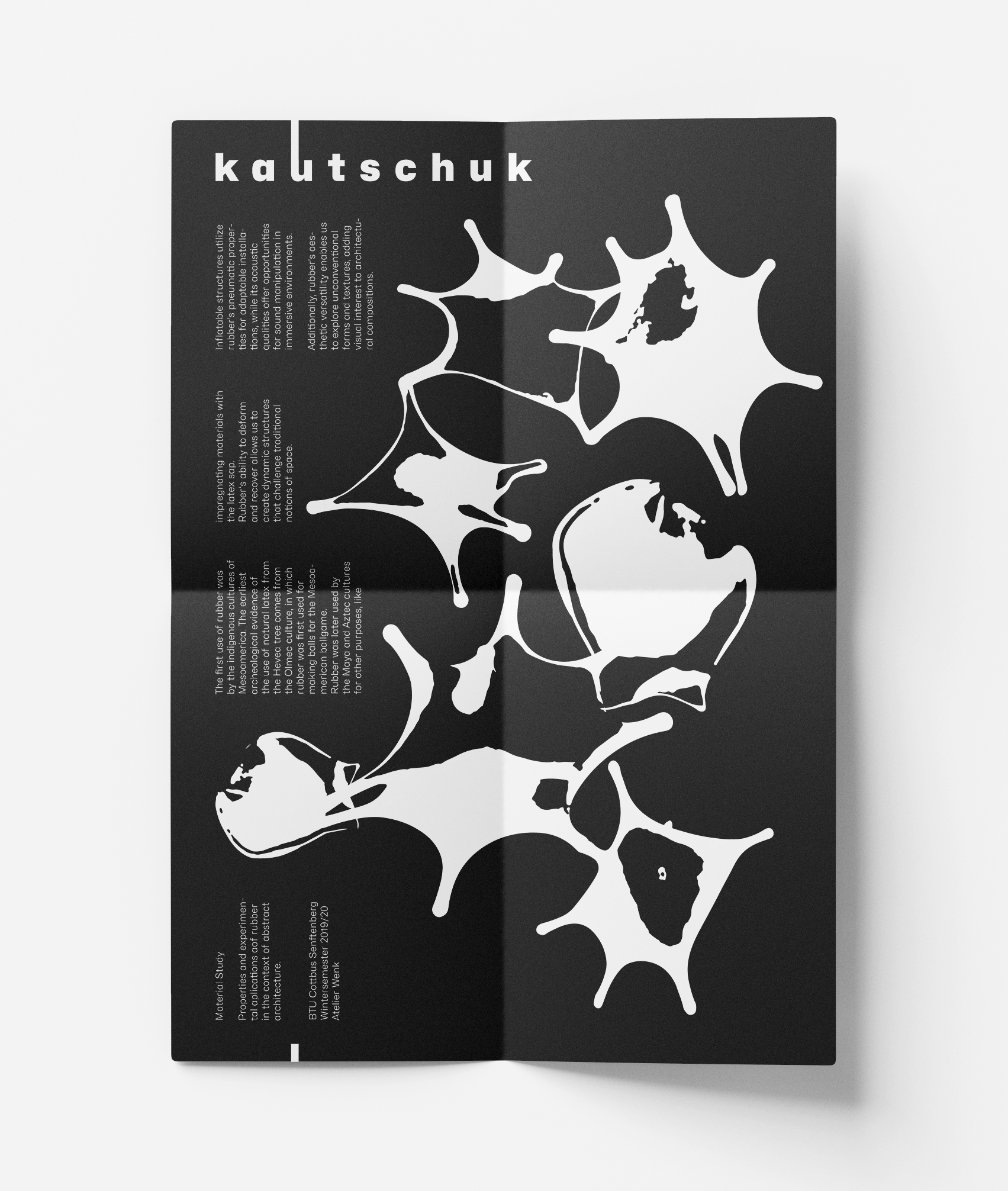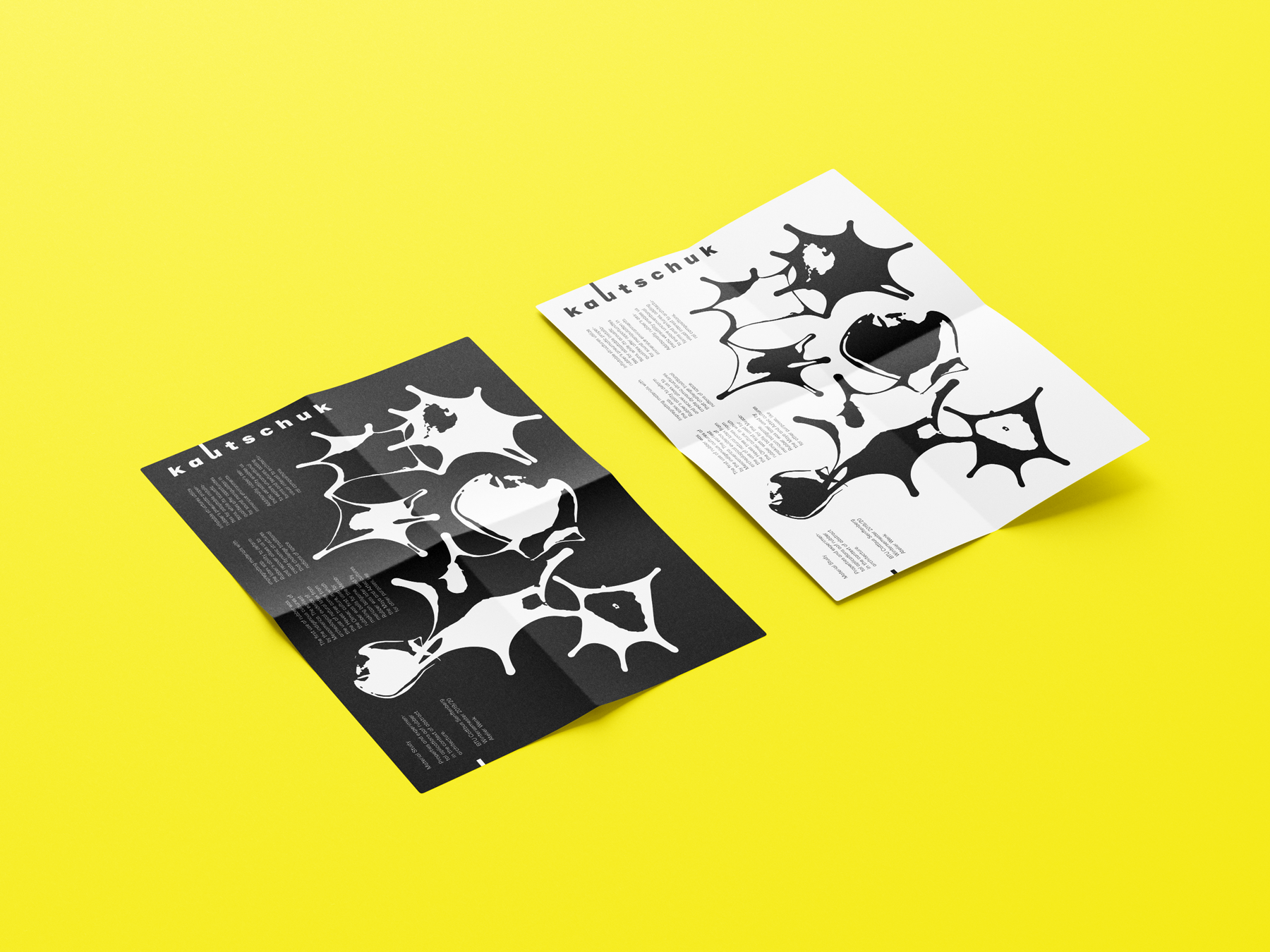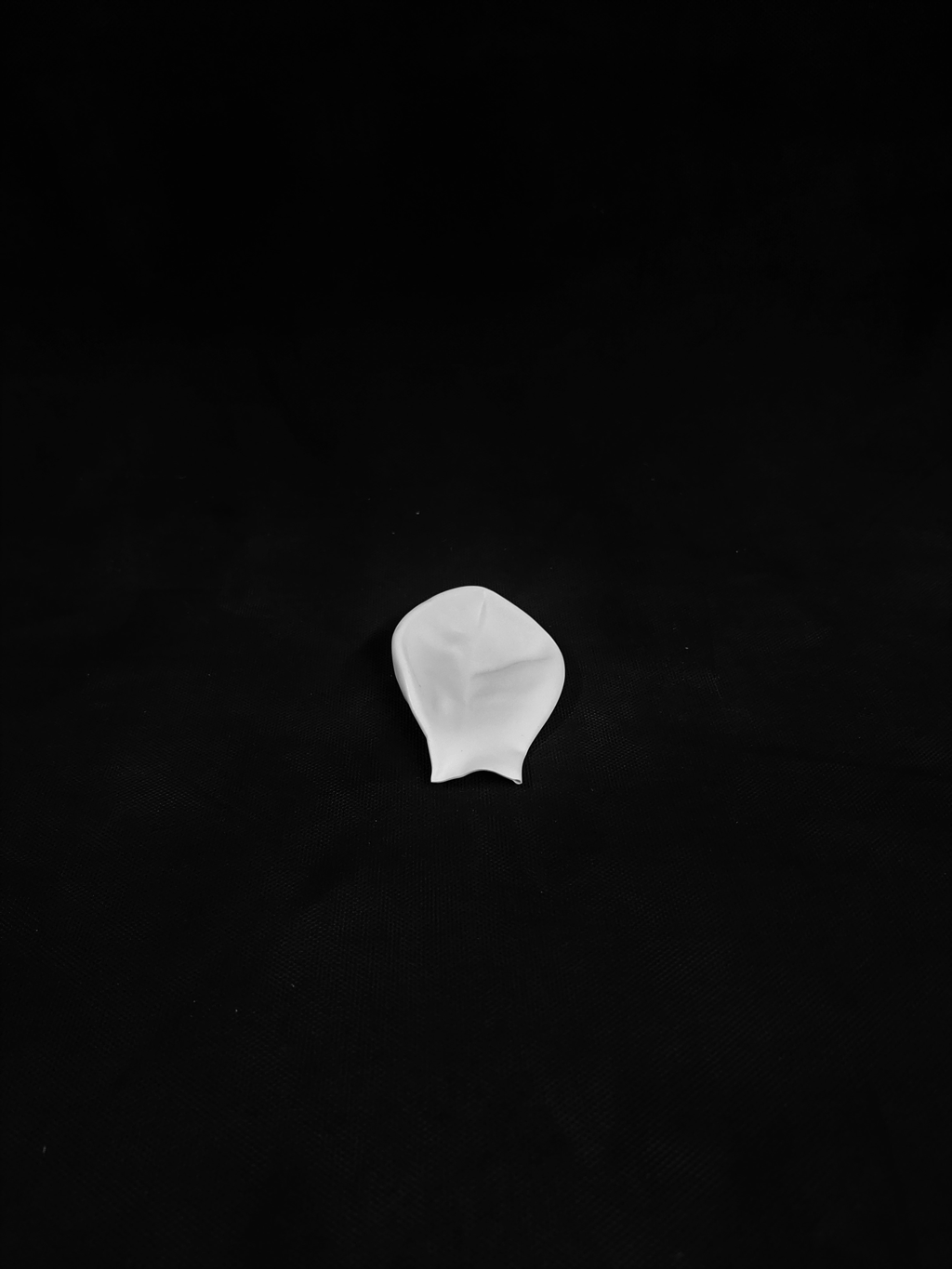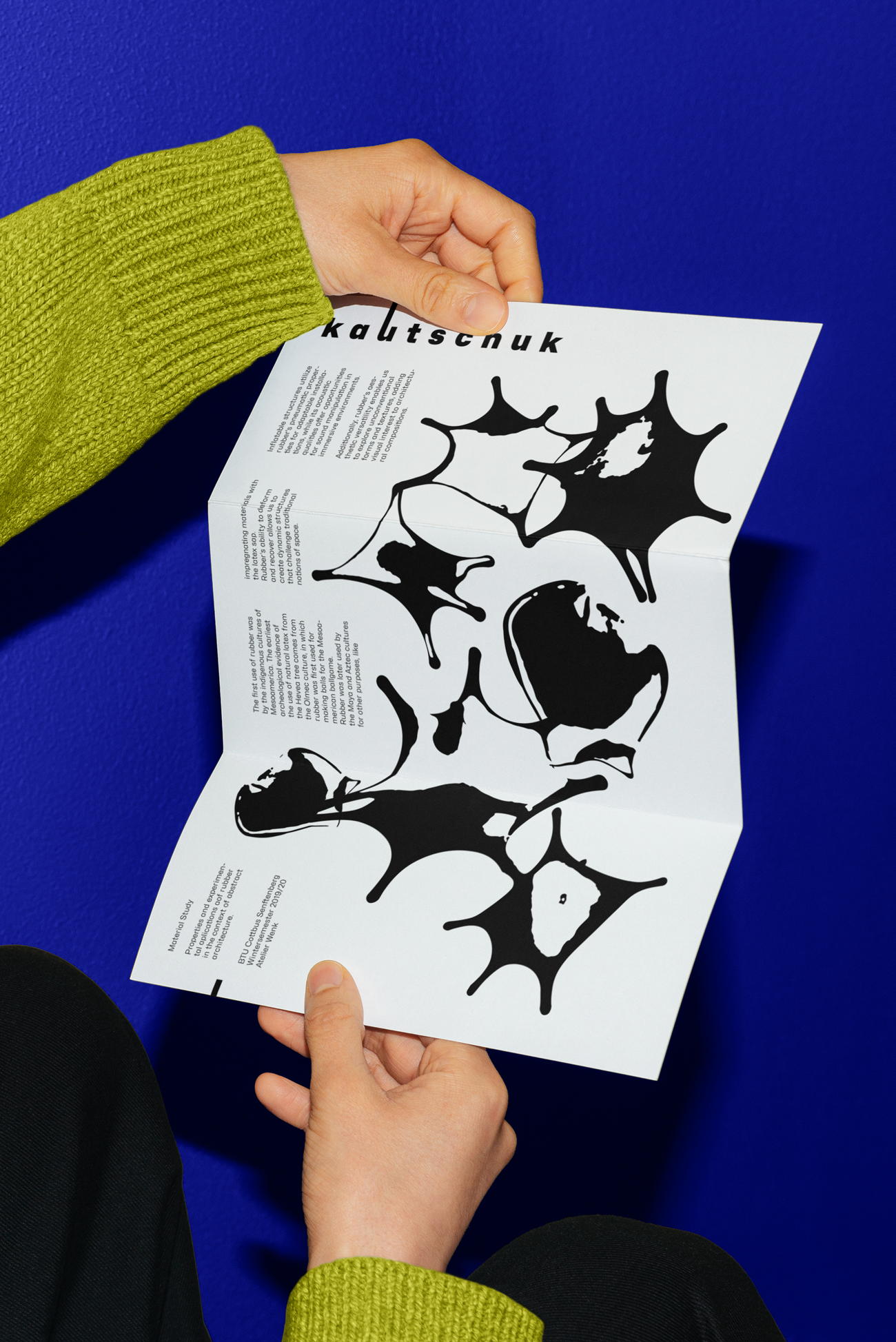Inpermanent Spaces

The first use of rubber was by the indigenous cultures of Mesoamerica. The earliest archeological evidence of the use of natural latex from the Hevea tree comes from the Olmec culture, in which rubber was used for making balls for the Mesoamerican ballgame. Later it was used by the Maya and Aztec cultures for other purposes, like impregnating materials with the latex sap.
Rubber‘s ability to deform and recover allows us to create dynamic structures that challenge traditional notions of space. Inflatable structures utilize rubber's pneumatic properties for adaptable installations, while its acoustic qualities offer opportunities for sound manipulation in immersive environments. Additionally, rubber's aesthetic versatility enables us to explore unconventional forms and textures, adding visual interest to architectural compositions.
This material study investigates the properties and experimental applications of rubber in the context of abstract architecture.




